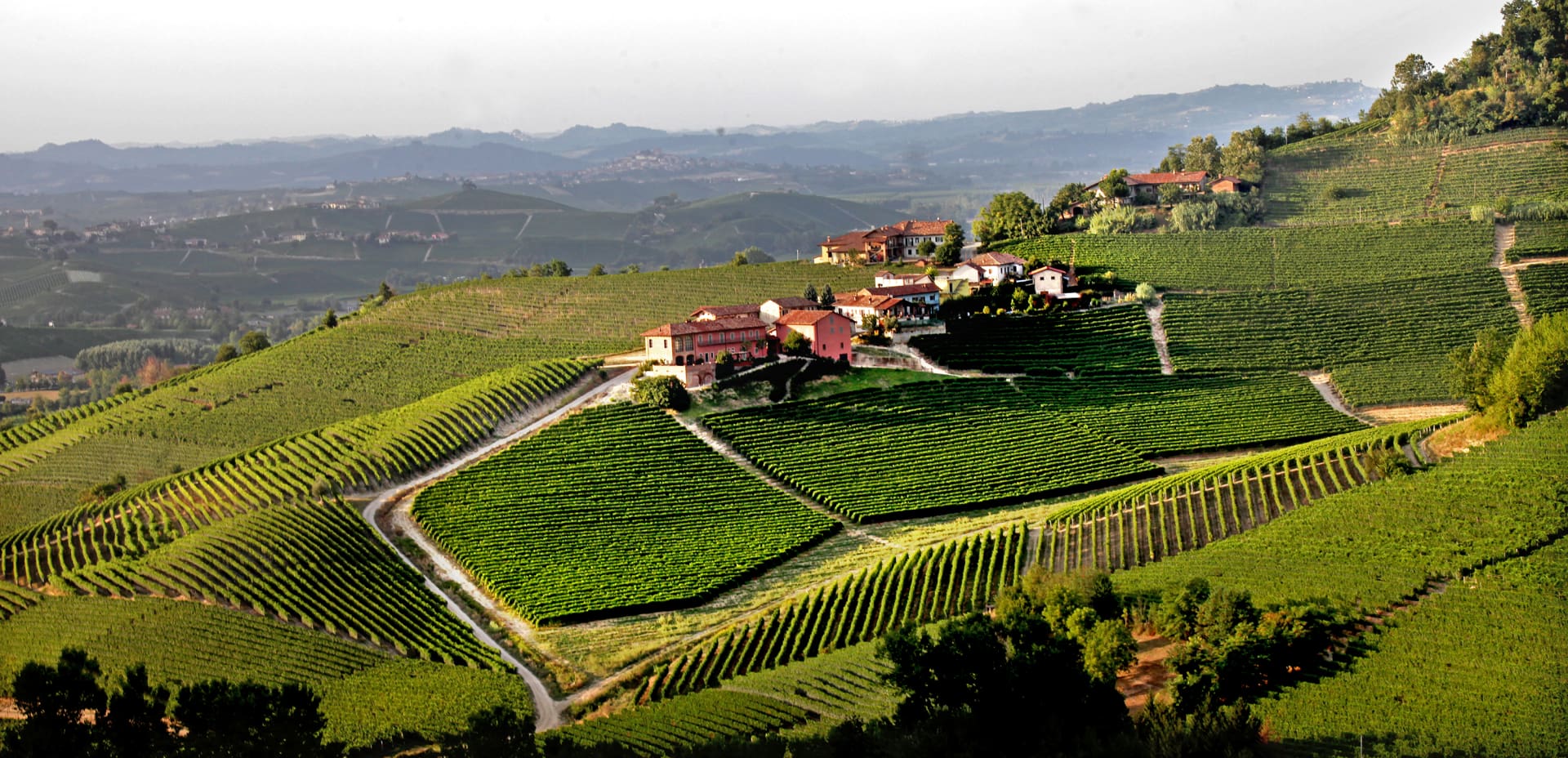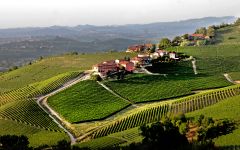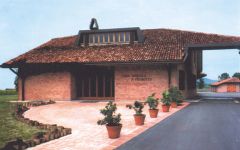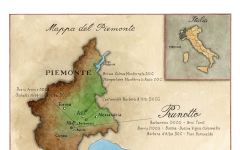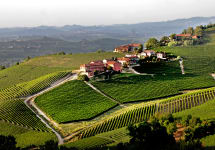Prunotto Barbaresco 2021
-
Robert
Parker - Vinous



Product Details
Your Rating
Somm Note
Winemaker Notes
Barbaresco 2021 is an intense garnet red color. The nose delivers complex aromas of red fruit and hints of spices. The palate is full-bodied, velvety and closes with a persistent aftertaste.
Professional Ratings
-
Robert Parker's Wine Advocate
Showing a light and luminous appearance, the Prunotto 2021 Barbaresco stands out for its focus, its finesse and its delicately sweet fruit tones. The wine is redolent of cassis, forest flower and peat moss, and there is a hint of tobacco that points to the wine's savory side. This Barbaresco with blended fruit from various sites is coming into its own and represents a very nice surprise from this historic estate (owned by Tuscany's Marchesi Antinori today). Rating: 93+
-
Vinous
The 2021 Barbaresco is a gorgeous wine to drink now and over the next handful of years. Crushed red berry fruit, cedar, spice, mint and orange peel are all beautifully lifted in this ethereal, understated Barbaresco from Prunotto.
Other Vintages
2020-
Wine
Spectator
-
Wine
Spectator -
Wine
Enthusiast -
Wine &
Spirits
-
James
Suckling -
Wine
Spectator
-
James
Suckling -
Wine
Enthusiast -
Wine
Spectator
-
Wine
Spectator -
James
Suckling -
Robert
Parker -
Wine
Enthusiast
-
James
Suckling -
Wine
Spectator -
Wine
Enthusiast -
Robert
Parker
-
James
Suckling -
Robert
Parker -
Wine
Spectator -
Wine &
Spirits
-
James
Suckling -
Wine
Enthusiast -
Wine
Spectator
-
Wine
Enthusiast -
James
Suckling
-
Robert
Parker -
Wine &
Spirits
-
Robert
Parker -
James
Suckling -
Wine
Spectator -
Wine
Enthusiast
-
Robert
Parker -
Wine
Enthusiast
-
Wine
Spectator -
Wine
Enthusiast -
Robert
Parker
-
Wine
Spectator -
Robert
Parker
-
Wine
Spectator
-
Wine
Spectator
-
Wine
Spectator
-
Wine &
Spirits
-
Robert
Parker

Responsible for some of the most elegant and age-worthy wines in the world, Nebbiolo, named for the ubiquitous autumnal fog (called nebbia in Italian), is the star variety of northern Italy’s Piedmont region. Grown throughout the area, as well as in the neighboring Valle d’Aosta and Valtellina, it reaches its highest potential in the Piedmontese villages of Barolo, Barbaresco and Roero. Outside of Italy, growers are still very much in the experimentation stage but some success has been achieved in parts of California. Somm Secret—If you’re new to Nebbiolo, start with a charming, wallet-friendly, early-drinking Langhe Nebbiolo or Nebbiolo d'Alba.

A wine that most perfectly conveys the spirit and essence of its place, Barbaresco is true reflection of terroir. Its star grape, like that in the neighboring Barolo region, is Nebbiolo. Four townships within the Barbaresco zone can produce Barbaresco: the actual village of Barbaresco, as well as Neive, Treiso and San Rocco Seno d'Elvio.
Broadly speaking there are more similarities in the soils of Barbaresco and Barolo than there are differences. Barbaresco’s soils are approximately of the same two major soil types as Barolo: blue-grey marl of the Tortonion epoch, producing more fragile and aromatic characteristics, and Helvetian white yellow marl, which produces wines with more structure and tannins.
Nebbiolo ripens earlier in Barbaresco than in Barolo, primarily due to the vineyards’ proximity to the Tanaro River and lower elevations. While the wines here are still powerful, Barbaresco expresses a more feminine side of Nebbiolo, often with softer tannins, delicate fruit and an elegant perfume. Typical in a well-made Barbaresco are expressions of rose petal, cherry, strawberry, violets, smoke and spice. These wines need a few years before they reach their peak, the best of which need over a decade or longer. Bottle aging adds more savory characteristics, such as earth, iron and dried fruit.
